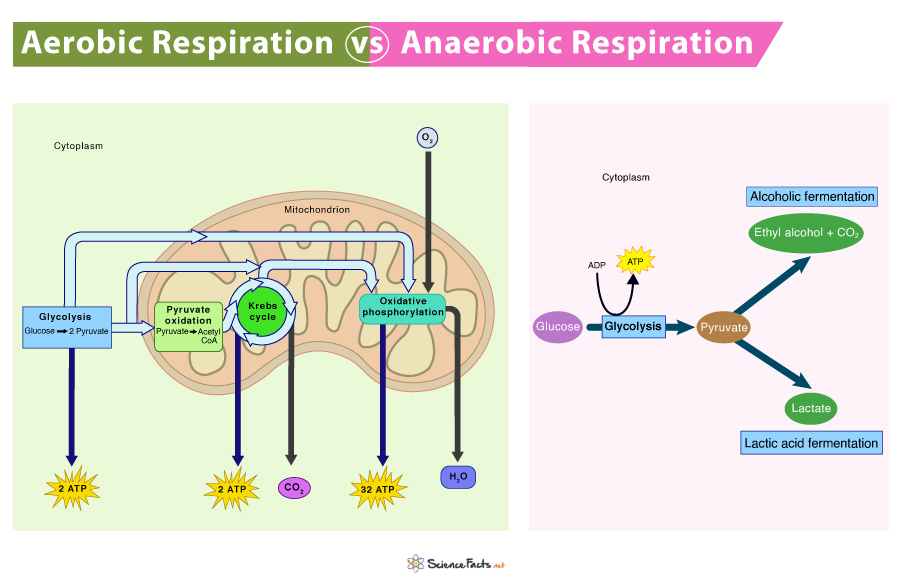Understanding the Power of Interval Training
Interval training, a term often heard in fitness circles, holds immense value for athletes. It involves alternating between high-intensity and low-intensity exercise periods to improve athletic performance, a method backed by numerous scientific studies and expert testimonies. The popularity of “interval training methods for athletes” has surged for good reason. It provides an effective way to improve cardiovascular health, build stamina, and promote muscle development.
An integral component of fitness regimens for athletes across various sports, interval training offers significant benefits. This includes increased speed, enhanced endurance, and improved recovery times, contributing to an overall boost in athletic performance. The science behind these benefits is fascinating and worth exploring to fully grasp the power of interval training.

The Biological Impact of Interval Training
Delving deeper into the science behind interval training, this form of exercise primarily affects the body’s aerobic and anaerobic systems. High-intensity periods push the body into an anaerobic state, where it burns stored energy to fuel the workout. This is typically followed by recovery or low-intensity periods, allowing the body to return to an aerobic state and recover energy stores.
The constant switching between these states during interval training enhances the body’s energy efficiency, improving athletic performance over time. This is why interval training is a favored method among athletes for conditioning and performance enhancement.

Interval Training: A Look at Various Methods
There are various interval training methods that athletes can incorporate into their routines. High-Intensity Interval Training (HIIT), Sprint Interval Training (SIT), and Tabata are notable examples.
HIIT involves short, intense bursts of exercise followed by recovery periods. It is excellent for improving cardiovascular health and burning fat. SIT, on the other hand, emphasizes on sprints to boost speed and power. Tabata, a form of HIIT, involves 20 seconds of intense exercise followed by 10 seconds of rest, repeated eight times. Each method has unique benefits and can be tailored to suit different athletic needs.
Testimonials from Athletes
The effectiveness of interval training is not just scientific theory but has been validated by real athletes experiencing real results. Numerous case studies and personal success stories highlight the transformative power of interval training. From amateurs to professionals, athletes across the globe vouch for the efficacy of interval training methods in enhancing their performance.
Myths and Facts about Interval Training
While interval training has undeniable benefits, it is also associated with several myths. One common misconception is that it leads to muscle loss. However, this is untrue. Interval training can actually promote muscle growth when combined with a balanced diet and adequate rest.
Customizing Interval Training Routines
Every athlete is unique, and so should be their interval training routine. Professional trainers recommend customizing interval training methods to suit individual athletic goals and capabilities. This might involve adjusting the intensity, duration, and type of exercises performed during the high-intensity periods.
The Future of Interval Training
Looking ahead, interval training continues to evolve. Emerging trends and research are consistently introducing innovative methods and techniques. It’s an exciting time in the world of fitness, promising even more effective ways to unlock athletic potential through interval training.
This exploration into interval training methods for athletes provides a comprehensive guide to understanding and implementing this powerful training technique. It offers valuable insights and practical tips for athletes to enhance their performance, making it a must-read for anyone seeking to elevate their fitness game.
The Science Behind Interval Training
In the world of sports and athletic performance, interval training has emerged as a game-changer. This technique, which alternates between high-intensity and low-intensity exercise periods, is the cornerstone of many training routines for athletes. But what is the science that powers this training method?
At the heart of interval training lies the interplay between the body’s aerobic and anaerobic systems. When athletes engage in high-intensity exercises, their bodies tap into the anaerobic system, which relies on energy stored in muscles. Conversely, during low-intensity or rest periods, the body switches to the aerobic system, using oxygen to produce energy.

This constant switch during interval training helps improve the body’s energy efficiency, ultimately enhancing athletic performance. Moreover, the high-intensity periods in interval training induce a phenomenon known as Excess Post-exercise Oxygen Consumption (EPOC), also known as the “afterburn effect.” This effect results in a higher rate of oxygen intake post-exercise, leading to increased calorie burn, even at rest.
In the context of “interval training methods for athletes”, the impact of these training methods on the body’s energy systems is pivotal. By understanding the science behind these methods, athletes can better tailor their training routines to their specific needs, maximizing their performance gains.
Unlocking the Potential of Interval Training
Beyond energy systems, interval training also influences other physiological aspects. It helps increase VO2 max, a measure of the maximum amount of oxygen one can utilize during intense exercise. It’s a crucial factor that can determine an athlete’s capacity to perform sustained exercise and is vital for endurance sports.
Furthermore, interval training stimulates the production of Human Growth Hormone (HGH), which aids in increasing muscular strength and mass, promoting faster recovery, and reducing fat mass.
Despite the scientific jargon, the key takeaway is simple: Interval training boosts athletic performance by enhancing the body’s energy efficiency and physiological capabilities. As an athlete seeking to unlock their full potential, understanding the science behind interval training methods can be a powerful tool in achieving your fitness goals.
Finding the Balance
While interval training offers immense benefits, it’s crucial to balance it with other forms of training to avoid overtraining and injury. Understanding the science behind interval training can help athletes create a well-rounded and effective training routine, offering a sustainable path to improved performance.
Looking ahead, ongoing research continues to shed light on the complex mechanisms and effects of interval training. As we continue to understand more about this powerful training method, athletes can expect even more innovative and effective “interval training methods” in the future.

